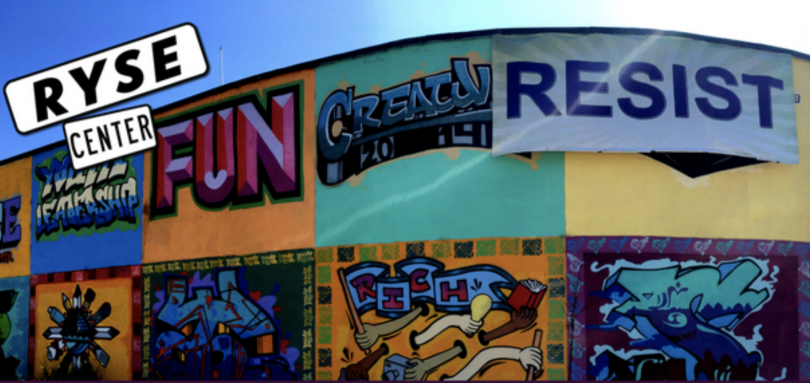Kids who would otherwise be ensnared by the Contra Costa County juvenile justice system will soon be served by a new restorative justice-focused program meant to keep them out of lockup.
The pilot program, born of a partnership between the Contra Costa County District Attorney’s Office and two community organizations, Impact Justice and RYSE Youth Center, will begin serving kids by the end of 2019, and will run for five years.
With the new diversion program, Contra Costa will join a growing number of counties, including Los Angeles, San Francisco, and Alameda in California, that are offering community-based diversion for local kids accused of serious crimes like robbery, burglary, and assault.
Contra Costa will use a restorative justice diversion model created by Impact Justice through its Restorative Justice Project. The DA’s office will refer eligible teens to have their cases handled by RYSE Youth Center. The center will host events where kids will come face-to-face with the individuals they have personally harmed through their actions, as well as each child’s family members and other community members impacted by the offense.
RYSE will then create a plan for each youth to “repair” the harm they’ve caused. For kids that successfully complete all the steps of the program, no charges will be filed.
“The current criminal legal system perpetuates harm by not prioritizing meaningful accountability,” said Ashlee George, associate director of Impact Justice’s Restorative Justice Project. “Survivors deserve to have their needs met and young people who’ve caused harm deserve opportunities to take responsibility. Community-led restorative justice diversion serves both needs.”
A 2017 audit of Alameda County’s restorative justice diversion program found that nine out of ten victims and participating youth agreed that the restorative justice process was beneficial. Additionally, the teens who were offered and accepted diversion were 44 percent less likely to commit a new crime than their peers whose cases went through the juvenile court system.
Stephanie Medley, Education and Justice director at RYSE Youth Center, says that the program will help to “create a healthier community by treating young people as valuable, contributing members even when they cause harm.”
Contra Costa’s program will focus primarily on diverting youth of color, who are disproportionately pushed into the juvenile justice system.
“I have seen first-hand as a former superior court judge and now district attorney how the criminal justice system is not doing enough to support our youth,” said Contra Costa County District Attorney Diana Becton. “Traditionally, the way our criminal justice system handled crimes committed by youth has not always worked. At the same time, restorative justice diversion leads to greater victim satisfaction, and creates a space for our youth to make amends with victims impacted by harm.”
Restorative diversion also saves money. The program will cost an estimated $10,000 per case. By comparison, it costs approximately $143,000 per year to incarcerate one teen in a Contra Costa juvenile facility.
Image by RYSE Youth Center.


Based on the article, the juveniles which are targeted, are juveniles who have committed property crimes. Of which, the goal is to have the offending juvenile meet with the victim, make amends and provide some sort of restoration to the victim. Great in theory, however how can the offending juvenile make any type of restoration, if he/she has no means of making restoration (i.e. monetary)? Further,the article boasts of a 44% decrease in recidivism. So, 56% are still perpetrating against victims. Furthermore, the article quotes statistical figures from 2013 & 2014.Moreover, the underlying tone of this article is playing the race card. The most disturbing aspect of this “program” is the fact that when some of these juveniles complete the program, their case(s) will be dismissed, as if they never transpired. How does this translate into becoming a responsible, accountable member of society? Call me old fashioned but in order to prepare these juveniles to be productive members of society, while also instilling principled values (i.e., integrity, accountability etc.), the parents of these juveniles will have to step up to the plate and perform their respective responsibilities and not expect the “village” (i.e., school teachers, law enforcement, clergy etc.) to do the job.
Just curious: Where in L.A., are youth charged with serious crimes, like robbery, being offered community-based diversion as mentioned in your article?
Your close-mindedness and lack of cultural competency is disturbing .